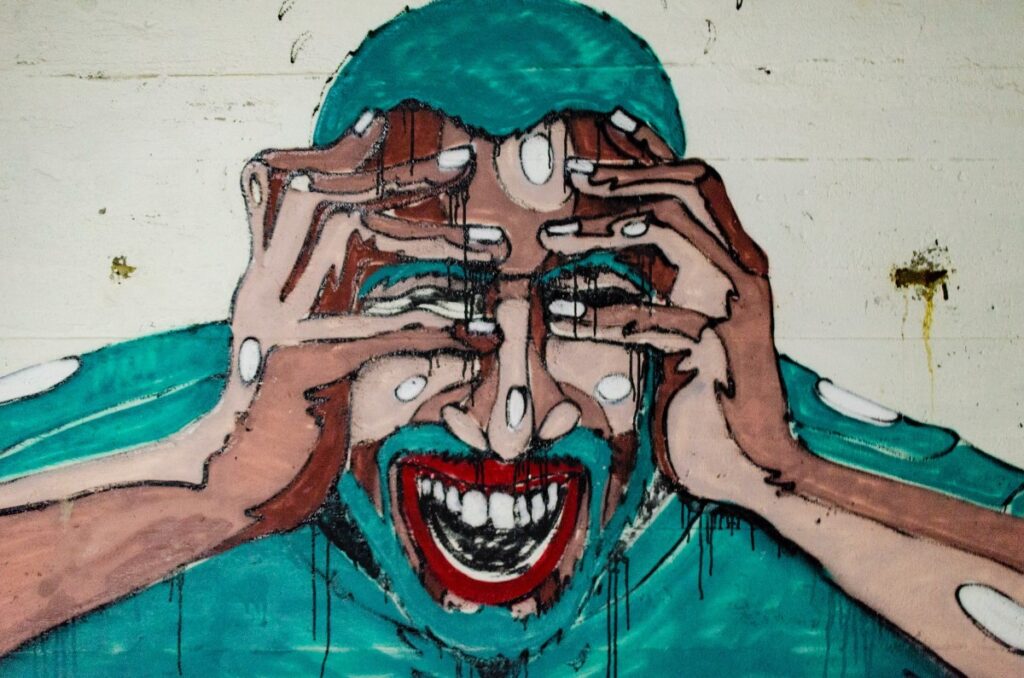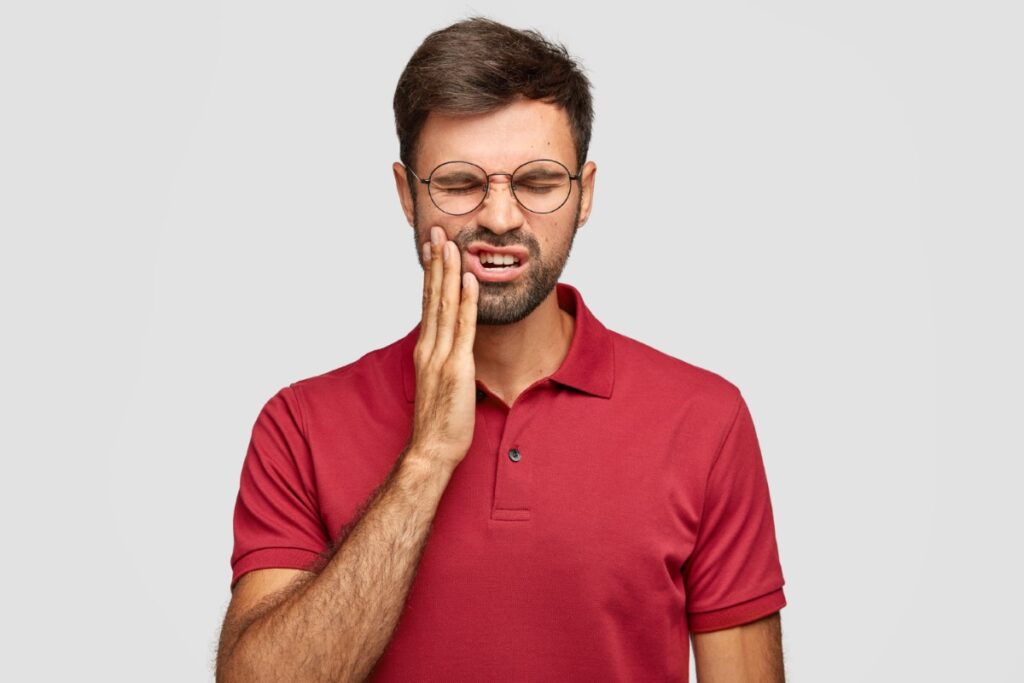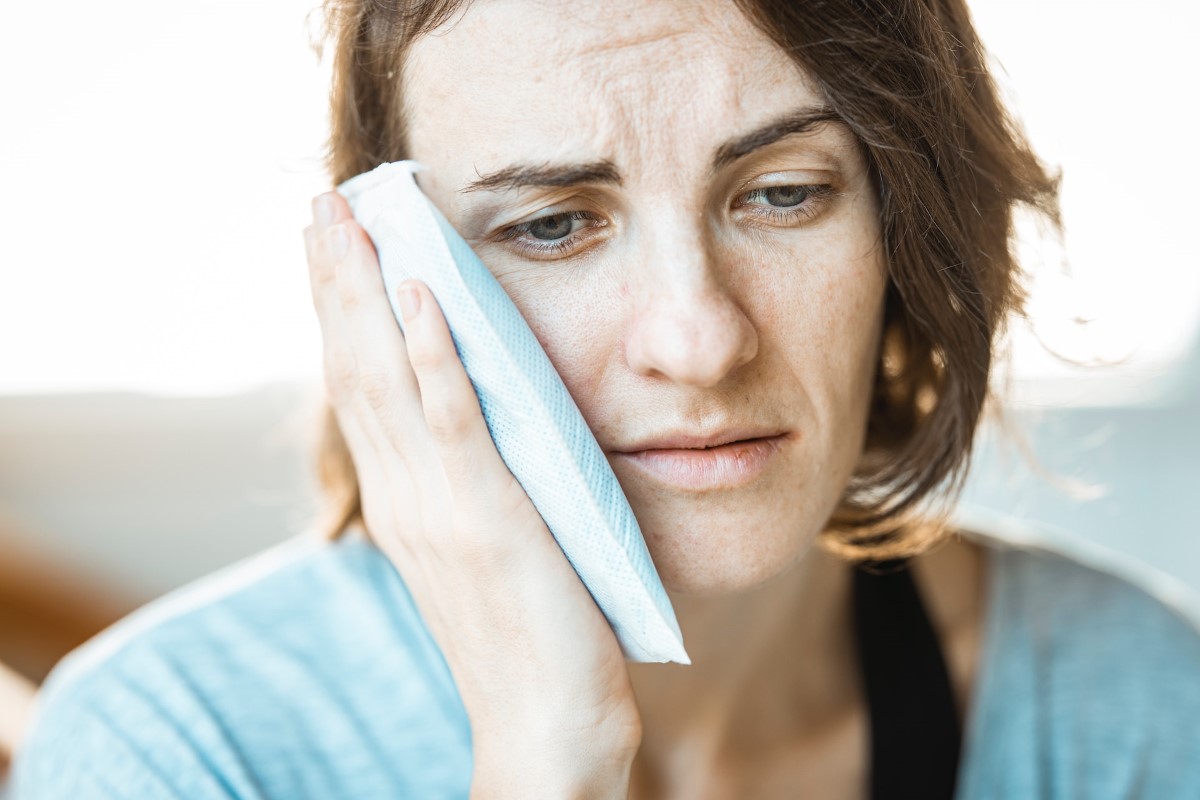Introduction
Lower jaw pain, medically known as mandibular pain, is a common condition that affects millions of people worldwide. The jaw plays a crucial role in speech, chewing, and facial expressions, making it one of the most frequently used joints in the body. Lower jaw pain can be caused by a variety of factors, ranging from dental issues to medical conditions that affect the temporomandibular joint (TMJ). In this comprehensive 3000-word article, we will explore the causes, symptoms, diagnosis, treatment options, and preventive measures for lower jaw pain.
Section 1: Anatomy of the Lower Jaw
Understanding the anatomy of the lower jaw is essential for comprehending the sources of lower jaw pain. The lower jaw, or mandible, is the largest and strongest bone in the face, forming the lower portion of the skull’s facial structure. It is connected to the temporal bones of the skull by the temporomandibular joint (TMJ) on each side. The TMJ is a complex joint that allows for movements such as chewing, speaking, and yawning.
Section 2: Common Causes of Lower Jaw Pain
Lower jaw pain can result from various factors, including:
- Temporomandibular Joint Disorder (TMD): Dysfunction or inflammation of the TMJ can lead to lower jaw pain, clicking or popping sounds during jaw movement, and limited jaw mobility.
- Dental Issues: Cavities, dental abscesses, gum infections, or impacted wisdom teeth can cause localized pain in the lower jaw.
- Bruxism: Excessive teeth grinding or clenching, often occurring during sleep, can lead to jaw pain and muscle tension.
- Dental Procedures: Trauma or dental work such as tooth extractions or root canals may cause temporary lower jaw pain.
- Trauma: A direct blow or impact to the jaw area can result in lower jaw pain and possible fractures.
- Osteoarthritis: Degeneration of the TMJ due to wear and tear can lead to pain and limited jaw movement.
- Rheumatoid Arthritis: An autoimmune condition that can affect the TMJ and cause lower jaw pain.
- Infections: Sinus infections or ear infections can radiate pain to the lower jaw.
Section 3: Symptoms of Lower Jaw Pain

Lower jaw pain can manifest with various symptoms, depending on the underlying cause and severity. Common symptoms of lower jaw pain include:
- Jaw Pain: Dull, throbbing, or sharp pain in the lower jaw region.
- Jaw Stiffness: Difficulty opening or closing the mouth due to muscle tension or inflammation.
- Clicking or Popping Sounds: Audible sounds during jaw movement, such as opening or closing the mouth.
- Limited Jaw Movement: Inability to fully open or close the mouth.
- Headaches: Pain in the temples or forehead, often associated with TMJ disorders.
- Ear Pain: Pain or discomfort in the ears, especially when chewing or talking.
Section 4: Diagnosis of Lower Jaw Pain
Accurate diagnosis is crucial for determining the underlying cause of lower jaw pain and guiding appropriate treatment. The following methods are commonly used for diagnosis:
- Medical History: The healthcare provider will inquire about the patient’s symptoms, medical history, and any recent injuries or dental procedures that may have contributed to the lower jaw pain.
- Physical Examination: A thorough examination of the jaw, assessing range of motion, tenderness, swelling, and signs of inflammation.
- Dental Examination: A dentist will check for dental issues, gum infections, and signs of bruxism.
- Imaging Studies: X-rays or CT scans may be conducted to visualize the jaw’s internal structures and detect any abnormalities, fractures, or joint disorders.
- Temporomandibular Joint Analysis: A TMJ specialist may perform specific tests to assess jaw movement and function.
Section 5: Treatment Options for Lower Jaw Pain
Treatment for lower jaw pain depends on the underlying cause, the severity of the condition, and the patient’s overall health. Common treatment options include:
- Pain Management: Over-the-counter pain relievers, such as acetaminophen or nonsteroidal anti-inflammatory drugs (NSAIDs), can provide short-term relief from lower jaw pain and inflammation.
- Heat and Cold Therapy: Applying heat packs or cold compresses to the jaw area can help reduce inflammation and alleviate pain.
- Soft Diet: Eating soft foods and avoiding hard or chewy items can reduce strain on the jaw during the healing process.
- Dental Treatments: Addressing dental issues such as cavities, gum infections, or bruxism through dental treatments can alleviate lower jaw pain.
- Splints or Mouthguards: Wearing a splint or mouthguard can help protect the teeth and jaw from grinding or clenching during sleep.
- Physical Therapy: Targeted exercises and stretches can help improve jaw mobility and reduce muscle tension in TMD cases.
- Intra-articular Injections: Injecting corticosteroids directly into the TMJ may provide relief for some cases of TMD.
- Relaxation Techniques: Stress reduction techniques such as meditation or yoga can help reduce muscle tension and jaw clenching caused by stress.
Section 6: Coping Strategies for Lower Jaw Pain

Living with lower jaw pain can be challenging, but several coping strategies can help improve quality of life and reduce the impact of chronic pain:
- Avoid Trigger Foods: Limiting or avoiding hard, crunchy, or chewy foods can prevent aggravating the jaw and reduce pain.
- Good Oral Hygiene: Maintaining good oral hygiene can prevent dental issues that may contribute to lower jaw pain.
- Proper Sleep Habits: Improving sleep hygiene and avoiding caffeine or stimulants before bedtime can help manage bruxism.
- Stress Management: Practicing relaxation techniques or seeking counseling can help reduce stress-related jaw clenching.
- Support Network: Building a strong support network of friends, family, or support groups can provide emotional and practical assistance in coping with chronic pain.
Section 7: Preventive Measures for Lower Jaw Pain
While some causes of lower jaw pain may not be preventable, several lifestyle choices and precautions can help reduce the risk of developing chronic pain:
- Practice Good Oral Hygiene: Regular dental check-ups and cleanings can prevent dental issues that may lead to lower jaw pain.
- Avoid Excessive Jaw Use: Limiting excessive chewing or jaw movements can reduce strain on the jaw joint.
- Manage Stress: Stress management techniques, such as exercise, meditation, or counseling, can reduce jaw clenching caused by stress.
- Dental Guards: Wearing a dental guard or splint during sleep can protect the teeth and jaw from bruxism.
- Avoiding Trauma: Taking precautions to prevent direct impact or trauma to the jaw can reduce the risk of fractures and subsequent pain.
Conclusion
Lower jaw pain can significantly impact a person’s daily life and overall well-being. Understanding the potential causes, symptoms, and treatment options for lower jaw pain is essential for seeking timely medical attention and relief. By implementing preventive measures, maintaining good oral hygiene, and adopting a proactive approach to jaw care, individuals can support their jaw health, reduce the risk of chronic discomfort, and enjoy a pain-free lifestyle. It is crucial to seek professional medical advice if lower jaw pain persists or worsens, as accurate diagnosis can encourage the correct treatment approach.



